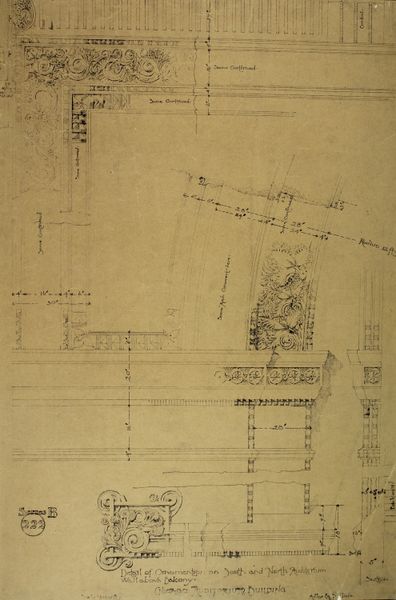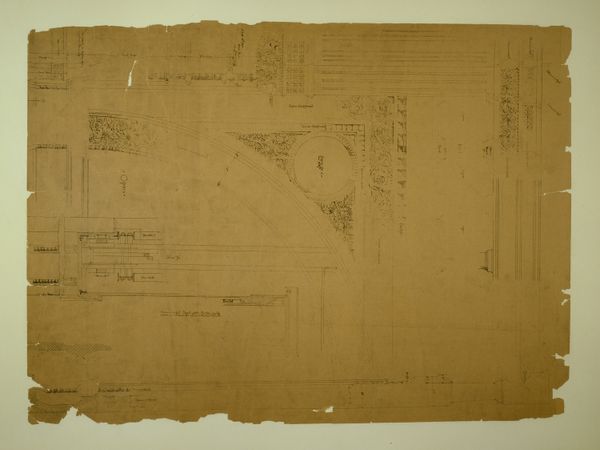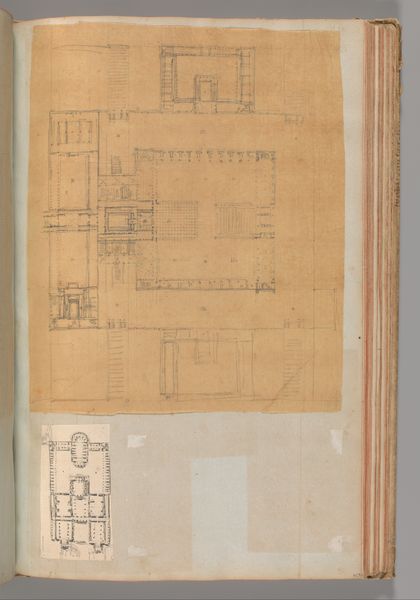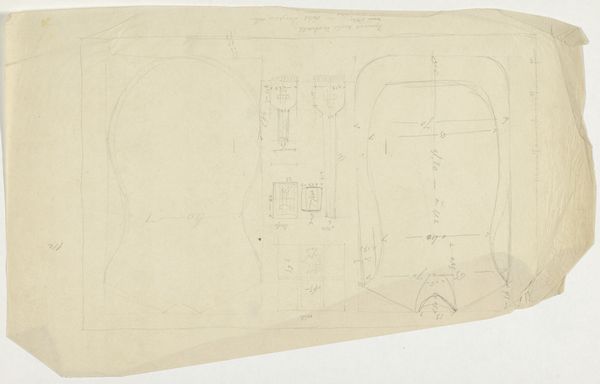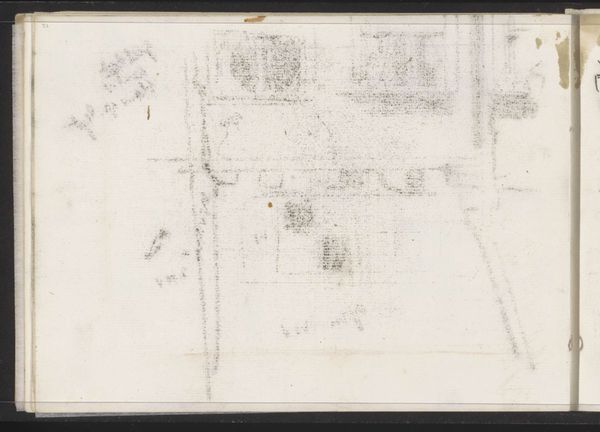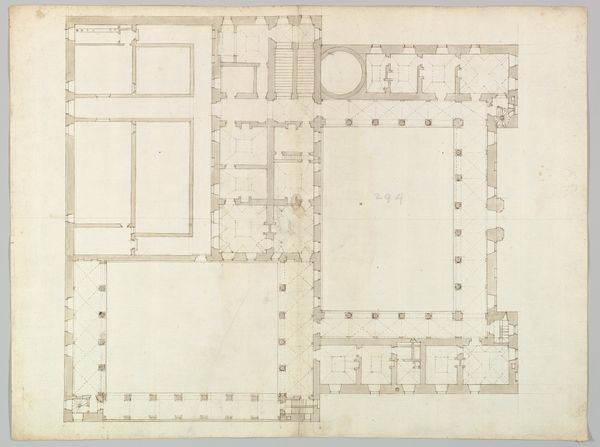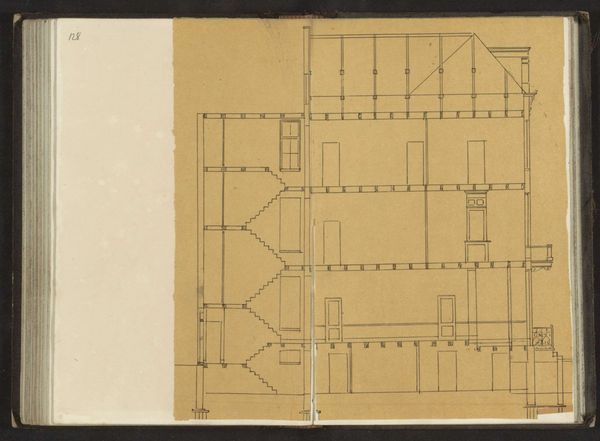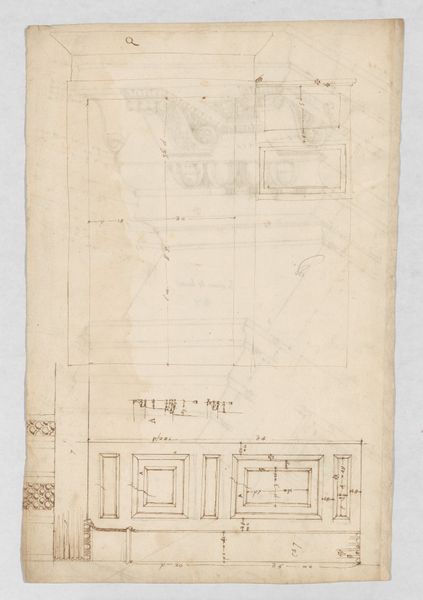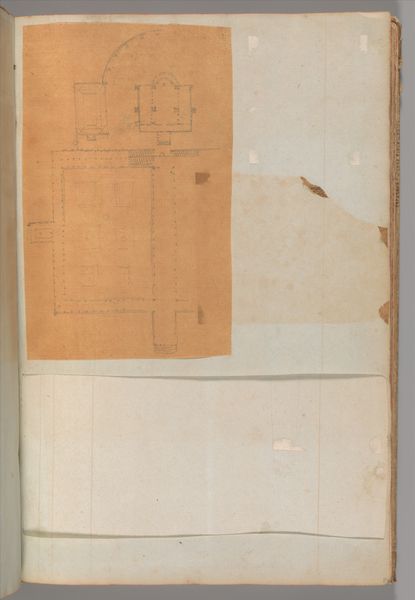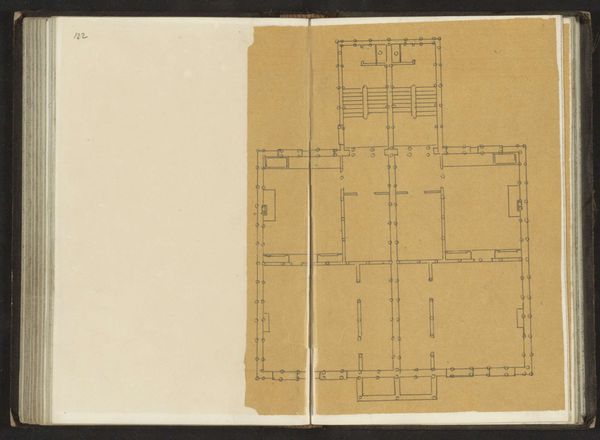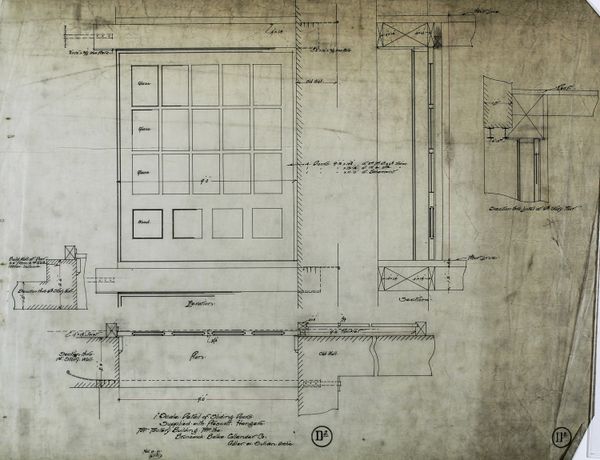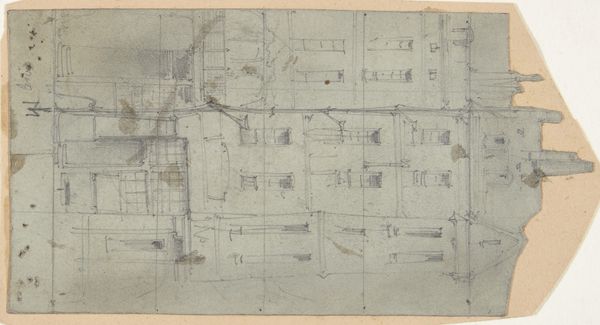
Auditorium Building, Chicago, Illinois, Ornamental Plaster Work, Pilaster Details c. 1887
0:00
0:00
drawing, paper, architecture
#
drawing
#
etching
#
paper
#
architecture
Dimensions: 66 × 101.4 cm (26 × 39 15/16 in.)
Copyright: Public Domain
Curator: Here we have a drawing of ornamental plaster work within the Auditorium Building in Chicago. It was created around 1887 by Adler and Sullivan, Architects. Editor: It feels both very precise and also full of potential energy; you can see the intention of something grand, even in the somewhat faded lines. Curator: The Auditorium Building holds a unique place in Chicago's history. Constructed during a time of great economic and social disparity, it aimed to provide access to arts and culture for all, not just the elite. It was commissioned with the intent of operating as a commercially viable space as well, its success proving that art and culture can be powerful economic drivers and also vehicles of social empowerment. Editor: That is an excellent point; to frame this as both artistic expression and as something accessible in its purpose gives it a vital contemporary meaning. The ornate pilaster details would have contributed to that sense of grandeur and collective experience, but it would have ideally included the poor and marginalized too. Curator: Exactly. The building, now known as the Auditorium Theatre, served not only as a performance venue, but also as an office building and hotel. Its multifaceted design reflects the evolving urban landscape of Chicago. There are intersecting identities present in its architecture and use; the upper gallery shown in this plan also served different purposes for different audiences. Editor: I see echoes of that social dynamic in the image's lines – some sharp and defined, some fading as though struggling for prominence. It reminds me of the ongoing struggles within cities today. How do we ensure that these cultural institutions, which shape our collective narrative, are accessible to everyone, not just a privileged few? Curator: It's a question that the Auditorium Building itself posed in its own time. By creating a commercially successful building, its architect also asked who gets to be part of defining culture. Looking at a detail like this really highlights that enduring question. Editor: Indeed, it does, prompting us to consider how structures, both physical and social, shape our experience and access to art and culture.
Comments
No comments
Be the first to comment and join the conversation on the ultimate creative platform.
